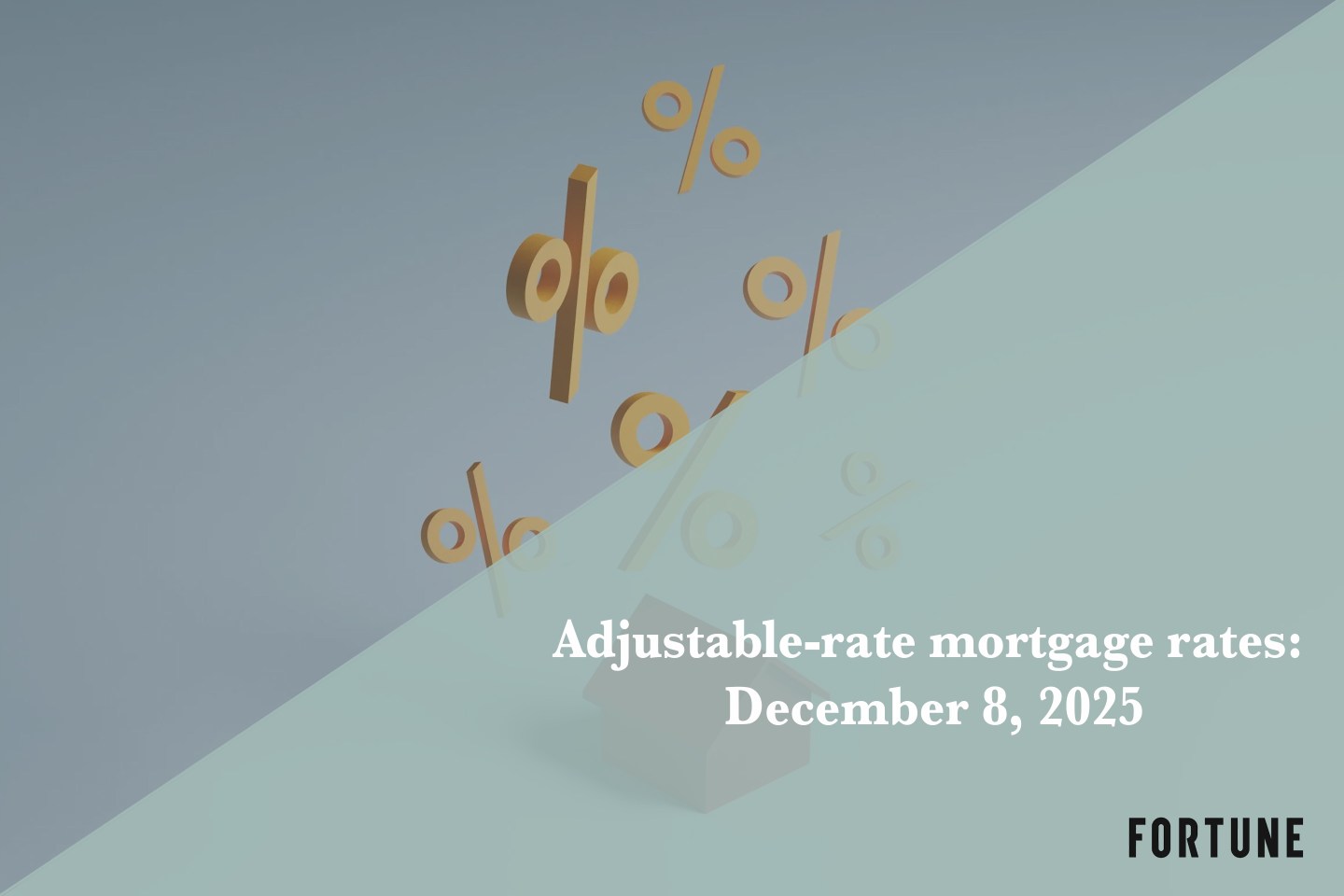FORTUNE — When the Federal Reserve launched its stimulative bond buying program — otherwise known as quantitative easing — in 2008, many economic observers were certain it would lead to high and uncontrollable inflation.
What these observers didn’t understand, however, was that while the Fed can buy bonds and lower interest rates, it’s actually private banks that are responsible for creating most of the money in circulation. Theoretically, cheap money should lead to an increased demand for loans, but that’s not what happened. You can lead a horse to water, but you can’t make it drink, as the saying goes.
The best metric for understanding this phenomenon is a called the “velocity of money.” Velocity is the rate at which money changes hands in the economy, and it is a good gauge of how the private sector is responding to the Fed’s low-interest rate incentives.
MORE: How a national sales tax could solve America’s inequality problem

Velocity of M2 Money Stock in the US data by YCharts
As you can see, velocity fell off a cliff right around the time the Fed embarked on its stimulus, explaining why the U.S. economy hasn’t experienced an uptick in inflation. But according to a just-published research note from Jim Paulsen, chief investment strategist at Wells Capital Management, the trend in money velocity is about to reverse, and inflation will rise along with it. Writes Paulsen:
Currently, many are focused on the Federal Reserve as they begin tapering their quantitative easing program and are trying to gauge how long before the Fed begins raising short-term interest rates. However, the most important monetary event during the rest of this recovery may not even involve the Fed. In our view, monetary policy will be primarily defined from here by if, when, and how fast money supply velocity rises.
He gives us four reasons why the velocity trend is about to turn around:
1. Bank lending and consumer borrowing are on the rise: Consumer debt rose by $241 billion in the last quarter of 2013, the largest quarterly increase in six years. And as Paulsen writes, “after being lethargic during much of 2013, total U.S. bank loans since late last year have risen at one of their strongest paces of the recovery.”
2. Rising prices: While overall inflation has been quite tame, commodity prices have been rising quickly in recent months. Here’s a chart showing the most recent trend in commodity prices. If this is the start of a much more pronounced rise in prices, it could be a signal that velocity and overall inflation will soon rise as well.

MORE: American debt explosion: The good, the bad, and the ugly
4.Private-sector money velocity is already increasing: Just as we’re seeing economic growth in the private sector outpace economic growth overall, we’re seeing the same thing with private-sector velocity of money.

As you can see, by stripping out the effects of public sector contraction, the change in velocity in the private sector has already turned positive. And if Washington pivots from the budget-cutting of the past several years, the public sector will soon cease to be a drag on the economy going forward.
We usually associate inflation with poor economic outcomes. But a little bit of inflation can be a good thing — a sign that the economy is operating at full capacity and that people are confident. And there’s finally reason to believe we might be getting a bit more of it in the coming months.











